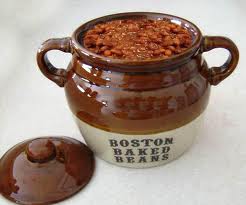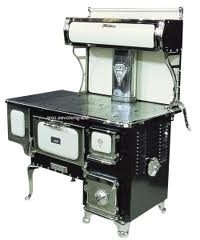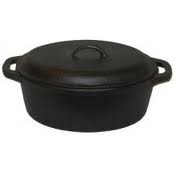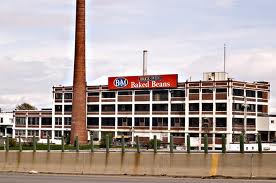 Baked beans is about as traditional a New England meal as one can get… That and boiled dinners. Every Sunday for decades we had boiled dinner. Potatoes, onions, carrots, cabbage, some piece of meat, boiled in water until falling apart. It was health food before its time, and about as bland as possible. Then it came back to haunt you several days the following week as hash.
Baked beans is about as traditional a New England meal as one can get… That and boiled dinners. Every Sunday for decades we had boiled dinner. Potatoes, onions, carrots, cabbage, some piece of meat, boiled in water until falling apart. It was health food before its time, and about as bland as possible. Then it came back to haunt you several days the following week as hash.
 Baked beans were seasonal, usually made in the winter, in a wood cook stove in the basement. They took several hours to cook and it was too hot in the summer to make them. But in winter they were perfect, usually accompanied by homemade bread baked in the same stove. Those were among the few foods my mother, an absolutely horrible cook, excelled at. Her cooking was so bad I learned to cook in self-defense. I used to joke she thought I was a Greek god, every meal was either a burnt offering or a sacrifice… except boiled dinners and baked beans.
Baked beans were seasonal, usually made in the winter, in a wood cook stove in the basement. They took several hours to cook and it was too hot in the summer to make them. But in winter they were perfect, usually accompanied by homemade bread baked in the same stove. Those were among the few foods my mother, an absolutely horrible cook, excelled at. Her cooking was so bad I learned to cook in self-defense. I used to joke she thought I was a Greek god, every meal was either a burnt offering or a sacrifice… except boiled dinners and baked beans.
But consider, what if you had no pot, or no water too cook these foods with? With the root vegetables that’s quickly answered. They can be roasted, near a fire or in sand in the ground under a fire. And what of beans? There is a good amount of evidence that raw beans are not that good for people. They are almost a famine food uncooked. So, how do you cook beans if you do not have water, or a pot?
 If you have a cast iron pot, but no water, you can put sand in the pot and the beans in the sand. Put that next to a fire and the beans roast nicely. In fact, in some laboratory work that is how the beans are cooked to reduce the amount of nutritional loss when measuring said. It must be sand, however, not earth. Sand is usually pulverized quartz, granite, or the like with no organic material in it. It distributes heat evenly. The beans roast nicely.
If you have a cast iron pot, but no water, you can put sand in the pot and the beans in the sand. Put that next to a fire and the beans roast nicely. In fact, in some laboratory work that is how the beans are cooked to reduce the amount of nutritional loss when measuring said. It must be sand, however, not earth. Sand is usually pulverized quartz, granite, or the like with no organic material in it. It distributes heat evenly. The beans roast nicely.
If you don’t have a pot you can put the beans in sand and then build a fire over the sand. This was often done to roast hazelnuts. The sand shuts out oxygen keeping the nuts or beans from charring. Like in the pot with sand, the beans get roasted and lose little or no nutrients in the process. Long before ancient man had pots or pans but was collecting or growing beans roasting them was the standard way to make them edible.
 Lastly, while I will admit to growing up in the Dark Ages at least we had pots and pans and B&M Baked beans, or more specifically one of their cookeries near by. I can remember driving by them often in Portland, Maine, and the aroma of baking beans could be detected for miles. In some form or another it’s an aroma that man has enjoyed for thousands of years.
Lastly, while I will admit to growing up in the Dark Ages at least we had pots and pans and B&M Baked beans, or more specifically one of their cookeries near by. I can remember driving by them often in Portland, Maine, and the aroma of baking beans could be detected for miles. In some form or another it’s an aroma that man has enjoyed for thousands of years.

